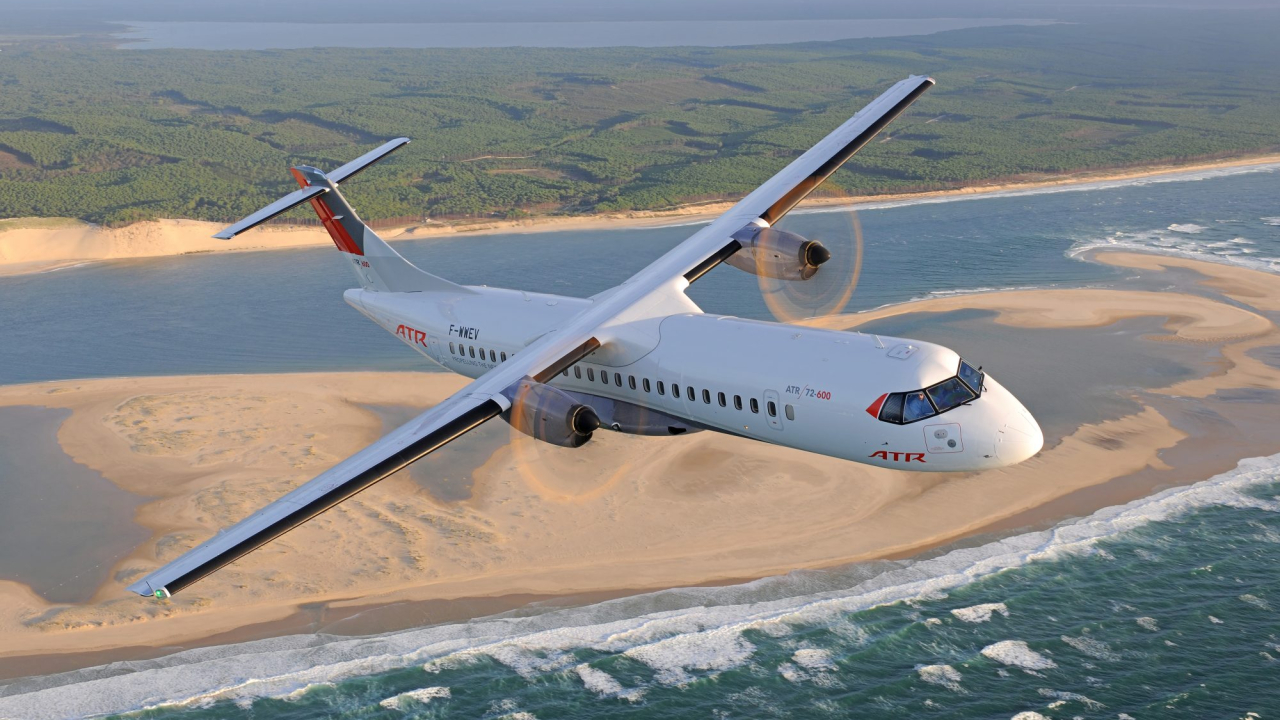Ethiopian Airlines crash at Beirut: Preliminary report released

The full report is expected in July but the preliminary report has detailed an erratic course steered by the aircraft after departing from Runway 21 at Rafic Hariri International Airport Beirut. The investigators also disclosed that the captain and co-pilot each had relatively little experience for their roles on the aircraft.
The LCAA did not find any anomalies in the aircraft documentation including maintenance logs.
The flight data recorder was recovered on Feb 7th 2010, all data could be extracted by the French BEA.
The cockpit voice recorder was recovered from the sea on Feb 10th 2010 however the memory part was missing. The memory was recovered on Feb 16th 2010, however one of the 16 memory chips was found cracked resulting in about 10 seconds of recordings missing every 4 minutes. The chip is likely to be unreadable, however additional attempts to restore the chip's contents are underway and reports are expected before the conclusions are finalised at the end of May.
Only about eight percent of the aircraft was recovered from the sea. As a result of many examinations the airworthiness group recommended further analysis of a number of parts including the stabilizer trim tab control mechanism bearings and sooth near the APU exhaust. As result of those investigations and another occurrence ( Ryanair B737-800 near Brussels in March 2010) where there were severe vibrations as result of elevator tab control failure, the FAA released emergency airworthiness directive to examine elevator during its climb, and momentarily descended before climbing again, and receiving another warning.
In its newly-disclosed progress report on the accident, the Lebanese transport ministry added that bank-angle warnings sounded 10 times during the flight, the first coming shortly after take-off.
The aircraft had originally been cleared to follow the Lateb 1D standard departure but this was changed just before take-off to an immediate right-hand turn direct to the Chekka (CAK) waypoint north of Beirut.
Air traffic control then ordered it to follow a heading of 315° and says that this was selected on the mode control panel. But the aircraft continued to turn right, eventually reaching a heading of 003°. Before entering a spiral dive and crashing into the sea.
Eye witnesses have reported seeing the aircraft struck by lightning several times after take-off.
The captain (44, ATPL, 10,233 hours total, 188 hours on type in command) had accumulated 2,437 hours in command on various light and spray aircraft, On the day prior to the crash he had flown flight ET-408 to Beirut reaching Beirut about 25 hours before the accident departure Previously the captain had been in command of Fokker 50 turboprops - clocking up more than 1,000h - before achieving his 737-700/800 rating in October 2009. He was released to command the type on 3 December 2009, just 53 days before the crash.
The first officer (33, CPL issued Apr 7th 2009, 673 hours total, 350 hours on type) had also flown ET-408 on the day prior to the crash.
The aircraft had accumulated 26,459 hours in 17,823 cycles since its first flight in 2002. The aircraft joined Ethiopian Airlines on Sep 12th 2009.
After the findings are complete, the report will be issued to the airline and will be reviewed over a two month period before being made public.
There were no survivors among the 82 passengers and eight crew.
Stay up to date
Subscribe to the free Times Aerospace newsletter and receive the latest content every week. We'll never share your email address.

